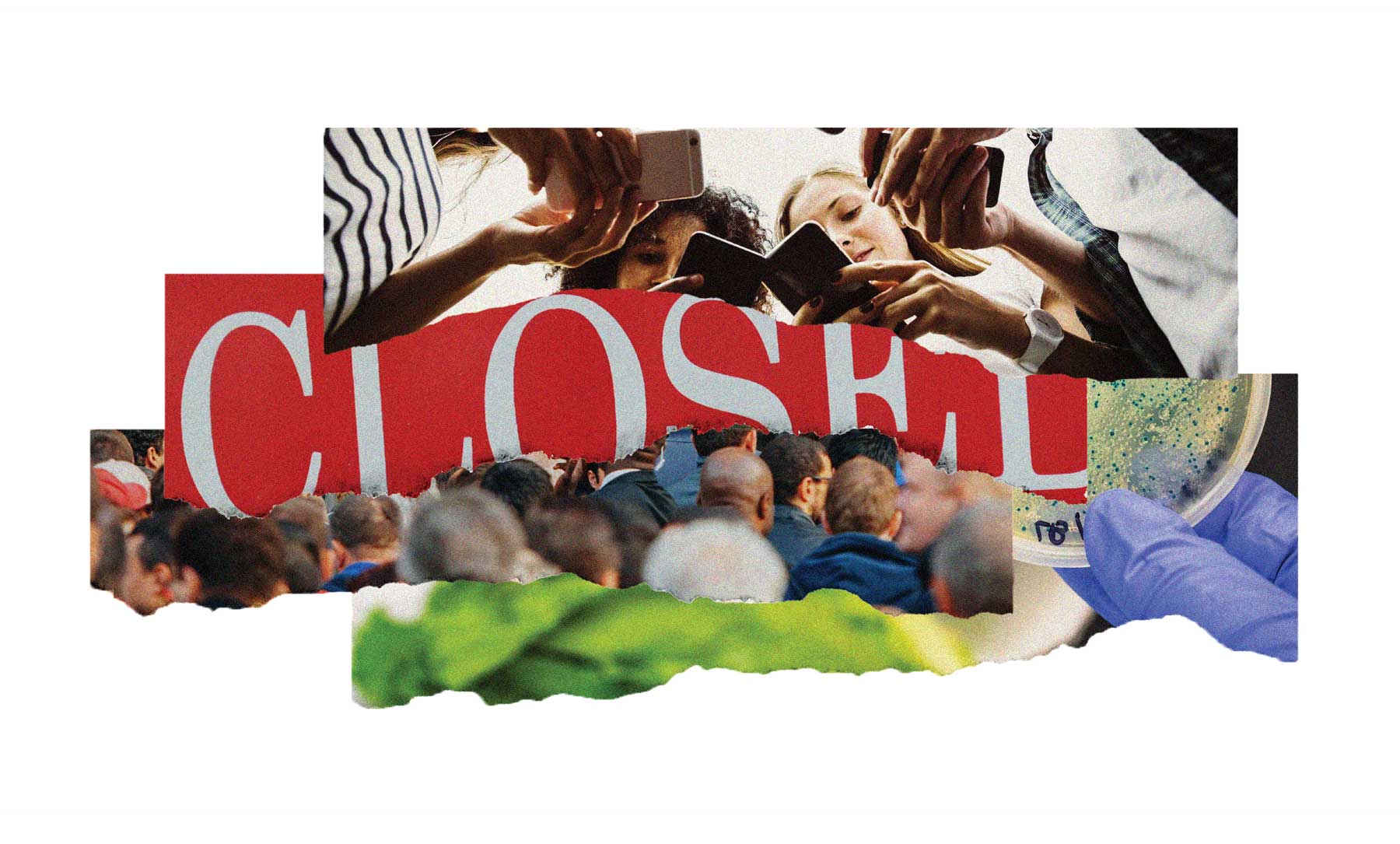CONTRIBUTORS
CHRIS HARVEY
senior vice president, client services, Sedgwick
DAVID STILLS
senior vice president, carrier and risk practice, Sedgwick
The business world appears to be cautiously, yet optimistically, looking toward the light at the end of a very long pandemic tunnel. We’ve spent the past two years adjusting our definition of what everyday business looks like, staying flexible and adaptable with every twist and turn. Ideally, we’ll come out the other side with a rush to progress business opportunities.
Along with opportunity, though, that rush can come with its own vulnerability. As Sedgwick outlines in our View 22 thought leadership list, we’re living through a virtual avalanche of business risks that, collectively, can threaten a company’s reputation — even its financial viability.
Taking a bird’s-eye view of the broader risk environment, let’s start by asking the tough, but imperative, question: Is your company appropriately investing the time and resources necessary to prepare — proactively — for the next product crisis?
Here’s a look at several factors impacting the risk environment now and into the foreseeable future.
The online uptick
Months and months of closures, social distancing and a heightened sensitivity to crowds forced consumers to get creative. Businesses had to respond quickly, or risk getting left behind — or forgotten about altogether. The result, not surprisingly, was a significant expansion of e-commerce; some estimate the pandemic not only permanently altered our shopping patterns, it accelerated e-commerce growth by as much as six years.
As companies adapt to more online sales, we’re seeing an escalation of counterfeit products. Concurrently, the development of products liability laws applicable to marketplace sales are rising as well. Product liability laws are based on state, not federal, law; historically, they were developed with brick-and-mortar store sales in mind — not online pass-through transactions where an internet marketplace operator serves more as a facilitator of the sale and may never take “ownership” of the product. While it varies state to state, online marketplace operators can no longer assume they are insulated from liability for defective products sold through their sites, as some courts are finding the operators to be a seller and, therefore, part of the stream of commerce.
Increasingly, public policy will demand consistency, transparency and accountability. We’ll begin to see more control — more caution, and more vetting — over what’s in the market.
Newer technology, connected to newer devices, should encourage companies to get quickly up to speed on the risk standpoint. Just don’t move so quickly that you miss the warning signs; stay abreast of changes in the regulatory landscape and understand what the digital risks to your organization really are.
One significant upside to an ever-increasing online commerce? Companies are more able than ever before to extend their reach, across the country and in many cases internationally. But it’s been a real eye-opener to a lot of U.S. companies who think the way they’re operating here will be the same everywhere. Understanding the regulatory — and cultural — differences is critical.
Controlling the narrative
You know what they say: “Bad news travels fast.” Perhaps what they should be saying is “false news travels even faster.” Social media outlets and their impact on brand and reputation cannot be overstated.
We’ve seen several high-profile companies fall victim to thinking a product-related issue would simply blow over. Social media doesn’t let that happen. And in some cases, it can be worse down the line: Even litigation is feeling the effects of social inflation, as a rise in jury verdicts impacts liability clams and the record-setting amounts being demanded of companies. Likewise in professional liability, we’re seeing what used to be securities class action becoming event-driven litigation.
These days, a recall is hardly, or at least rarely, a long-term detriment to a business. But poor customer care in the wake of a crisis can make it infinitely worse. Simply put, it’s okay to be remembered for having a recall — you really don’t want to be remembered for how badly you handled it.
The simplest way to control the narrative on social media? Have a good brand. (We said simple; we didn’t say easy.)
Embracing new viewpoints
What defines “a good brand” today has evolved exponentially in the past few years. ESG, DEI — these aren’t just buzzwords. They’re principles a great number of potential customers and employees will use to determine whether your organization is one they want to associate — and be associated — with.
A big difference between, say, twenty years ago and now is that you could really stick your head in the sand (not that it was a good business tactic then, either) without the same, highly visible ramifications. Today, everyone has a voice: your customers, your employees, your leaders.
Down the line prospective partners may very well demand to see a complete picture of your company culture. And your brand is undoubtedly impacted by how you treat employees and suppliers, right along with how you impact sourcing or product distribution.
ESG and DEI aren’t a burden, and they certainly aren’t a passing trend to simply wait out. In fact, it’s good for business — the concepts actively encourage proactive risk management. Beyond data and privacy, how you protect your employees affects how you protect your business. Take off the blinders, embrace the idea. But know this: Inclusion isn’t just about having a diverse community, it’s about listening and taking meaningful action in its support.


